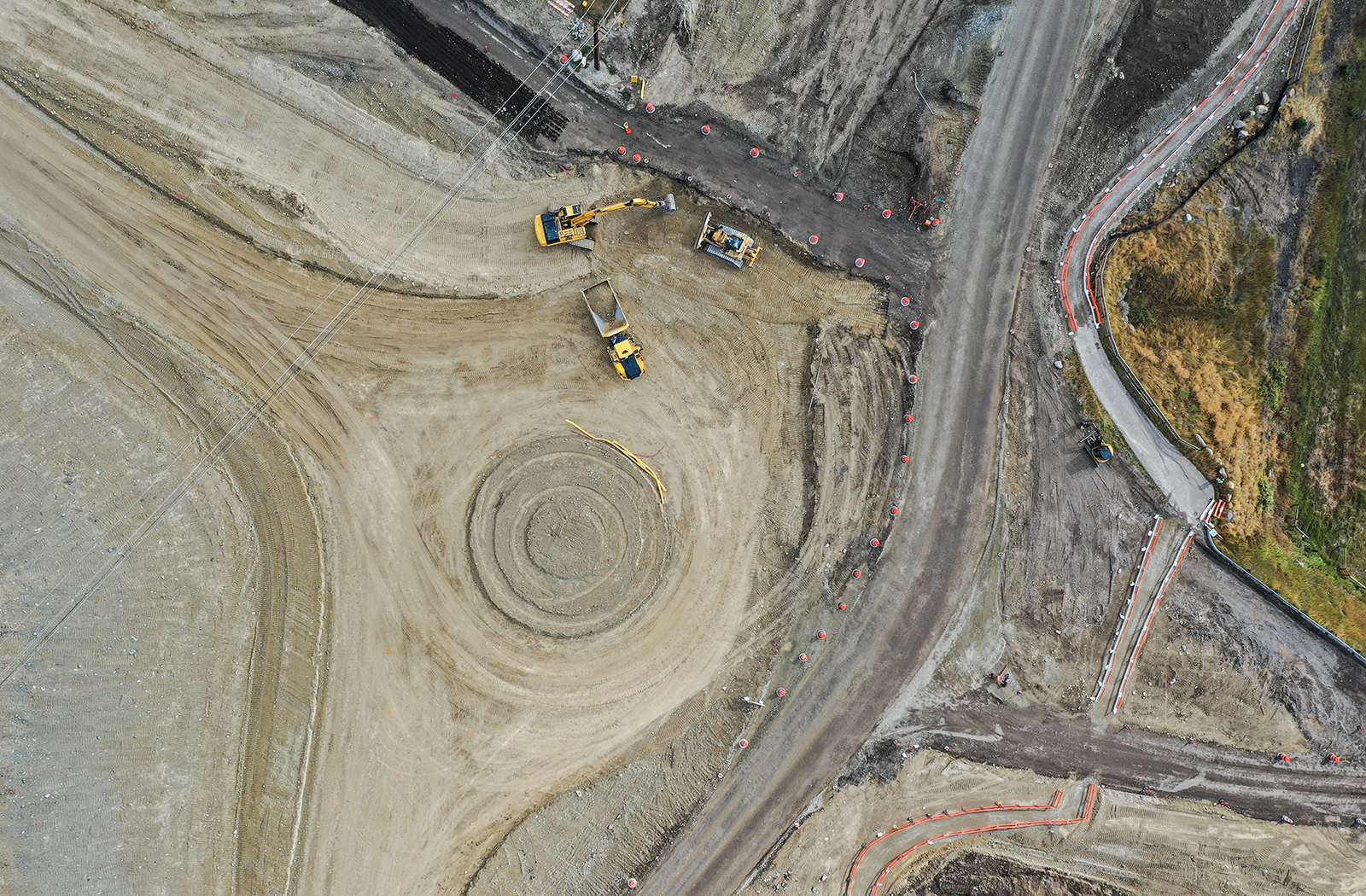Transforming Transportation
Flathead Valley municipalities are drafting transportation plans for the next 20 years to address growth and create a logical transit network
By Maggie Dresser
As population and visitor growth continues to create traffic congestion and test the Flathead Valley’s infrastructure limits, city planners are working with the Montana Department of Transportation (MDT) to plan a cohesive transit system for the future.
Municipalities are in the process of updating individual transportation plans, most of which were adopted more than a decade ago, to provide a framework for efficient travel routes for the next two decades.
“We modeled growth over the next 20 years and how that affects the transportation networks,” Kalispell Development Services Director Jarod Nygren said. “It shows us how to plan for road networks, types of roads and new developments … You can’t allow new development without infrastructure.”
Kalispell officials are in the process of finalizing the Kalispell Area Transportation Plan Move 2040, an update from the most recent plan that was adopted in 2008, which covers the city boundary and areas of Evergreen and outlying residential areas.
Incorporating input from an engineering consultant, MDT, members of the public and stakeholders, the transportation plan identifies Kalispell’s goals, which include safety, reduced congestion, accessibility and connectivity and infrastructure condition.
As one of the city’s most significant projects, the Kalispell Bypass serves as the backbone to reduce congestion on U.S. Highway 93 and the downtown area.
MDT started construction on the Bypass more than a decade ago, after it was already several years into the planning process, and officials are working to complete the project from Foys Lake Road to the southern junction with Highway 93. The planned four-lane corridor and overpass at Foys Lake is expected to divert traffic to the west of Highway 93, giving MDT more opportunity for multi-modal options throughout downtown Kalispell.
By diverting more traffic to the Bypass, planners can brainstorm alternatives for a three-lane corridor through downtown Kalispell, reducing it from four lanes.

“The vision is to make Main Street a more pedestrian-friendly three-lane road,” Nygren said. “The conflict is it’s also a highway and Main Street carries a lot of traffic … Making it three lanes restricts the traffic but it doesn’t reduce its increase in demand.”
While city planners hope to create a more traversable Main Street and reduce the number of vehicles, Nygren says there are consequences, including increasing traffic on side streets. He says a three-lane corridor won’t work without completion of the Bypass.
“You need a full build-out of the Bypass,” Nygren said.
A network of connected streets directed to the Bypass is also crucial in diverting traffic away from Main Street, which is why the transportation plan has alternative routes, including adding Eighth Avenue and Third Avenue connections, which would link U.S. Highway 2/Idaho Street and West Center Street.
Despite the plan’s vision of a pedestrian-friendly Main Street, the plan drew criticism from some members of the public at a city council meeting on Aug. 16 who argued the it was too “automobile oriented.”
“If our transportation plan incorporates the use of bike lanes, sidewalks and public transportation into the expansion of roadways, we may be able to see a decrease in the vehicle miles and vehicle hours traveled,” said Ruben Castren of Citizens For A Better Flathead.
While the current plan does not currently include bike lanes on Main Street, Nygren doesn’t rule out that possibility for the future, but he says limited right-of-way poses challenges. With a lane reduction, he says other possibilities to utilize space include expanding the sidewalks or adding more parking.
However, a bike lane is included in the plan on Second Street East and West, connecting neighborhoods between Peterson Elementary School and Woodland Park along with various bike routes around Kalispell.
As Kalispell nears the completion of the transportation plan process, with council scheduled to vote on its adoption on Sept. 7, Whitefish city officials are in the process of updating their own transportation plan, which was adopted in 2010.
Whitefish’s study area includes areas outside of city limits, but Director of Public Works Craig Workman says the plan focuses on a multi-modal approach within the city.

“The first phase emphasizes bike and pedestrian transportation through the town as well as public transit,” Workman said. “We know we don’t have an unlimited amount of right-of-way to keep making roads bigger.”
Currently, the bike and pedestrian path along the River Trail has been Whitefish’s main connection system for non-vehicle uses, but Workman says officials are brainstorming ways to add bike and pedestrian routes in the city.
Unlike Whitefish and Kalispell, Columbia Falls is drafting its first ever transportation plan since it was designated as an urban city in 2015.
City Manager and Planning and Zoning Administrator Susan Nicosia says the city has spent the last few years soliciting public comment for the plan while working with MDT to prioritize needs, which include a revitalization of Nucleus Avenue and adding pedestrian-friendly connections.
“Our goals for transportation are different than MDT’s,” Nicosia said. “Their goal is to move people through, but we want to focus on a very safe, walk-able and traversable community.”
Nicosia hopes to have a plan ready for adoption by November, but planners still need to finalize a comprehensive plan and city council has to host an official public hearing.
But as each municipality works to address the Flathead’s growth, Workman says Whitefish, Kalispell and Columbia Falls are trying to work together to create a cohesive update, with each transportation plan adopted within the same general timeframe.
“With a growing population and a mix of different types of transportation uses, our needs have to be redefined,” Workman said. “The intention here is to have a valley-wide update.”